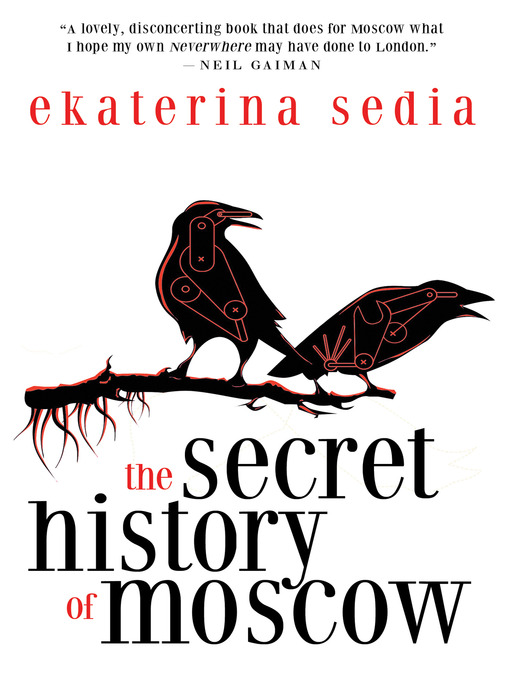"When myth incarnates in the waking world...”
Ekaterina Sedia

Ekaterina Sedia’s Secret History of Moscow
by C. S. Thompson
Ekaterina Sedia’s novel The Secret History of Moscow is often seen as a Russian answer to Neil Gaiman’s Neverwhere, but its protagonist Galina is a more interesting and complex personality than Neverwhere’s Richard Mayhew. Where Mayhew (like some of Gaiman’s other heroes) can be frustratingly passive, Galina is an active participant in every situation she finds herself in.
When Galina’s sister turns into a bird and flies out the window after giving birth in the bathroom, Galina and two acquaintances follow after her into a secret world beneath the city of Moscow. Down in the underworld they find a number of characters from Russian folklore, a few of the ancient Slavic deities, and an assortment of refugees from the world above who fled underground at various points in Russian history.
Although Russian mythology and folklore is a big part of this story, Sedia treats the mythological elements with the same tone of melancholy, ambiguity and skepticism that she applies to the modern world, the people in it and heroes of Russian history such as the Decembrists.
There are several different ways to approach mythology. You can think of it as a mess of lies about nonexistent gods and heroes, a collection of amusing or poetic stories, a set of revealed truths with factual validity, a memory of a lost golden age when the world was young and everything was magical- or as something as alive and relevant now as it ever was, though not literal.
You can read the entire article here, when you visit C.S. Thompson's blog, Night Wandering: Myth, Magic and Religion.